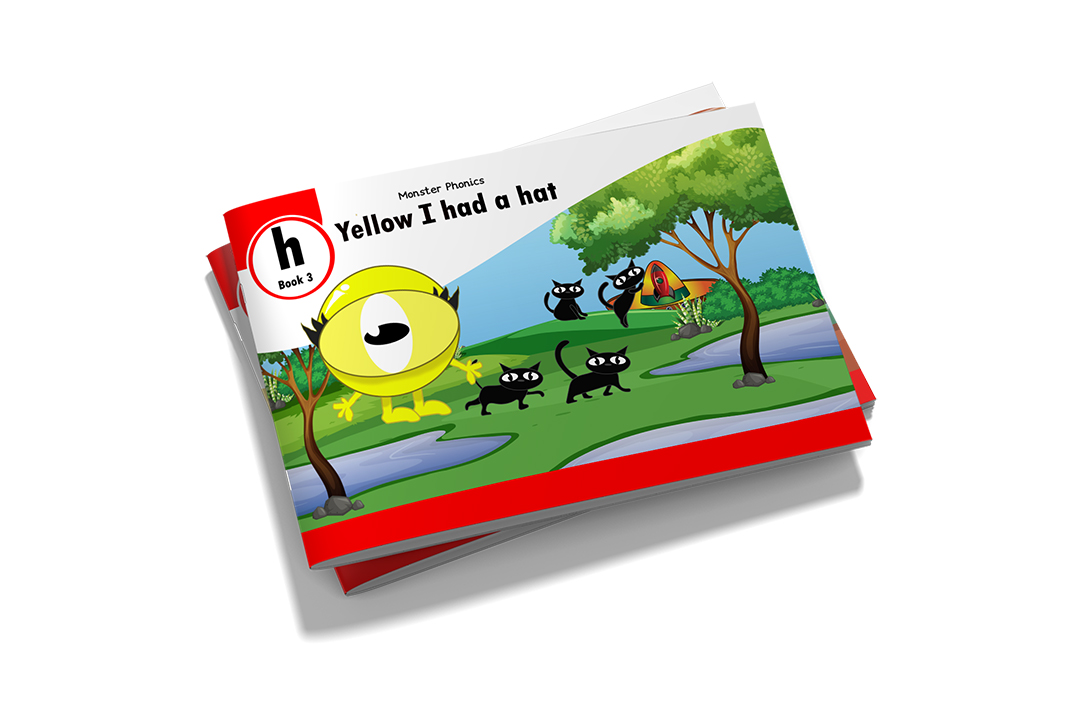Nursery
Seven aspects of sound: environmental, instrumental, body sounds, rhythm and rhyme, alliteration, voice sounds and oral blending and segmenting.
Children are taught letter sounds in phase 2 as soon as they are ready.
Take a free 7 day trial
Child-Centred and Delivers Results
The phase 1 nursery element is not currently covered by Monster Phonics.
Objectives of Phase 1
These are arranged in seven aspects.
1: To discriminate sound – environmental sounds
To develop awareness of sounds and rhythms
To distinguish between sounds and to remember patterns of sound
To talk about sounds we make with our bodies and what the sounds mean
2: To discriminate sound – instrumental sounds
To experience and develop awareness of sounds made with instruments and noise
makers
To listen to and appreciate the difference between sounds made with instruments
To use a wide vocabulary to talk about the sounds instruments make
3. To discriminate sound – body percussion
To develop awareness of sounds and rhythms
To distinguish between sounds and to remember patterns of sound
To talk about sounds we make with our bodies and what the sounds mean
4: Rhythm and rhyme
To experience and appreciate rhythm and rhyme and to develop awareness of rhythm
and rhyme in speech
To increase awareness of words that rhyme and to develop knowledge about rhyme
To talk about words that rhyme and to produce rhyming words
5. Alliteration
To develop understanding of alliteration
To explore how different sounds are articulated, and to extend understanding of
alliteration
To listen to sounds at the beginning of words and hear the differences between them
6. Voice sounds
To distinguish between the differences in vocal sounds, including oral blending and
segmenting
To explore speech sounds
To talk about the different sounds that we can make with our voices
7: Oral blending and segmenting
To develop oral blending and segmenting of sounds in words
To listen to phonemes within words and to remember them in the order in which they occur
To talk about the different phonemes that make up words
Teachers need to plan opportunities to listen carefully and talk extensively about what they hear, see and do. The activities will be appropriate for developing abilities and interests.
Within each aspect above, there is three strands.
■ Auditory discrimination – tuning-in to sounds
■ Auditory memory and sequencing – listening and recalling sounds
■ Developing vocabulary and language comprehension – talking about sounds
The Letters and Sounds programme suggests activities for each of the seven aspects.
These help children to
1. listen attentively;
2. enlarge their vocabulary;
3. speak confidently to adults and other children;
4. discriminate phonemes;
5. reproduce audibly the phonemes they hear, in order, all through the word;
6. use sound-talk to segment words into phonemes.
Talk and interaction are essential elements in developing children’s speaking and listening.
Browse the phased phonics teaching structure for schools.
- Phase 1 Phonics
- Phase 2 Phonics
- Phase 3 Phonics
- Phase 4 Phonics
- Phase 5 Phonics
- Phase 6 Phonics



